READY TO GET STARTED?
REQUEST A FREE ESTIMATE
Fill out the form below or call (888) 466-7849 for a free, no-obligation estimate.
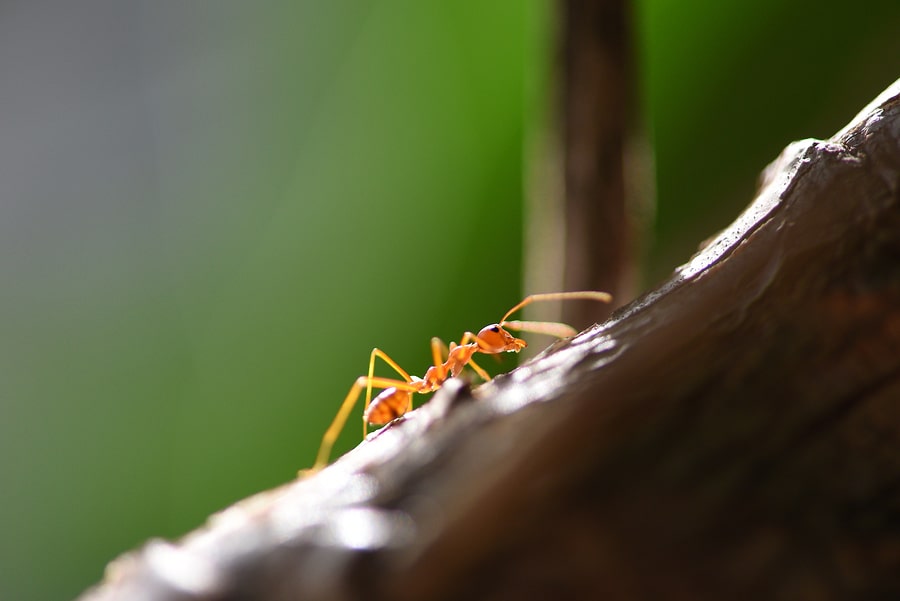
With the persistent surge of rain in the recent weeks, you might start to notice some unwanted pests arriving in your yard. A particular pest to look out for during this rainy season is the Imported Red Ant. These ants can survive in harsh weather conditions, including floods. The Imported Red Fire Ant or RIFA can not only cause damage to your home but also pose health risks to your family.
These ants are known for their fierce survival methods in harsh conditions. During floods, the RIFA colony can connect to form a ball and float until they reach dry land. When doing this, the RIFAs become hungrier and more aggressive, making them more likely to attack. The RIFA is known to have a painful sting/bite that can be more aggressive than other species of ants. A person is most likely to be stung by multiple RIFAs that causes a raised welt. RIFAs venom is protein based, which can cause a strong allergic reaction.
For homeowners, it’s important to know the places to look to indicate a RIFA nest. Most RIFA nests are located outside in soil or near structural foundations and typically build a dome-shaped mound. These ants can also be found under objects such as stones of the base of a tree. One location that homeowners might not realize RIFAs can invade are HVAC units and electrical boxes. They will usually build their nest right up against them or inside the boxes.
If you end up finding these nests or RIFAs roaming in your home, contact a professional ant control company who can help set up a treatment and control plan for your home. Since RIFAs are known to have a very painful bite, it’s important to remove them as soon as possible.
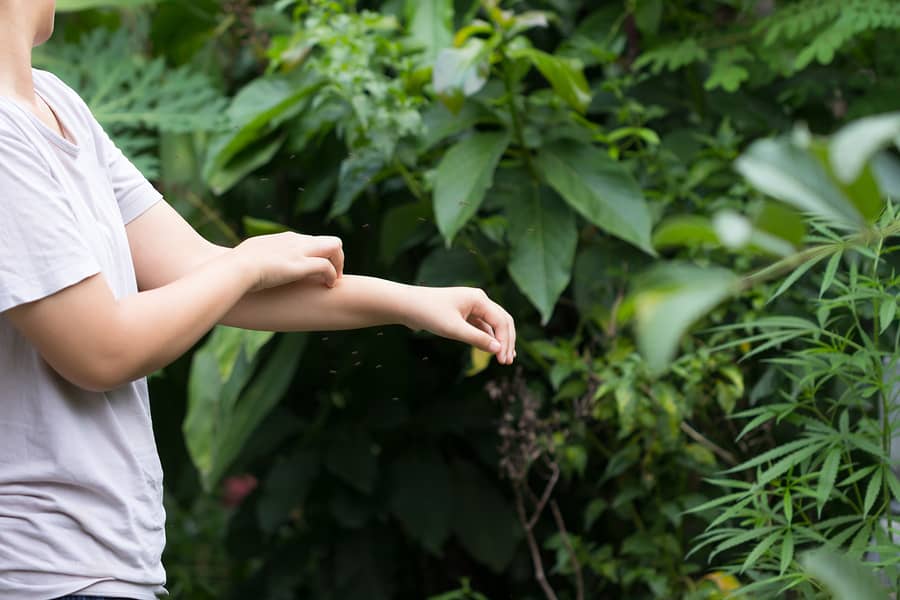
As the weather continues to pull you and your family towards more outdoor activities, the chances of getting bug bites increases. Here are some tips to prevent these bites and stings, and get back to enjoying your summer:
Treating bug bites and stings can put a damper on any outdoor activity. If you have issues with biting/stinging pests, call (866) 616-0862 or request a free pest inspection from your local pest control company.

With the last day of school, graduation ceremonies, and Memorial Day quickly approaching, you’re probably feeling the pressure to get your outdoor area ready for all the festivities. Not only are you concerned about the look of your lawn and impressing your guests, but you also need to know which pests to avoid and, if possible, prevent from ruining your celebration. Here’s your party pest avoidance checklist:
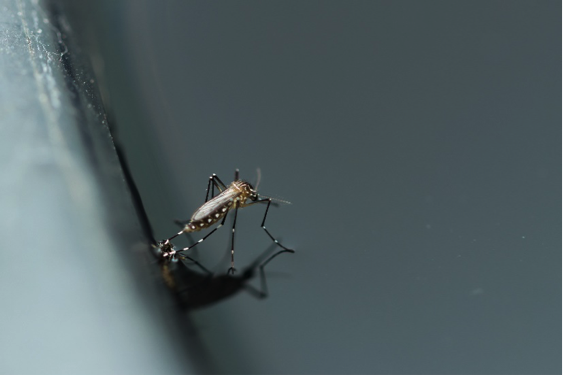
We’d like to be completely rid of mosquitoes forever, but that would be a difficult task! Let’s look at what you can do to reduce their occurrence in and around your home:
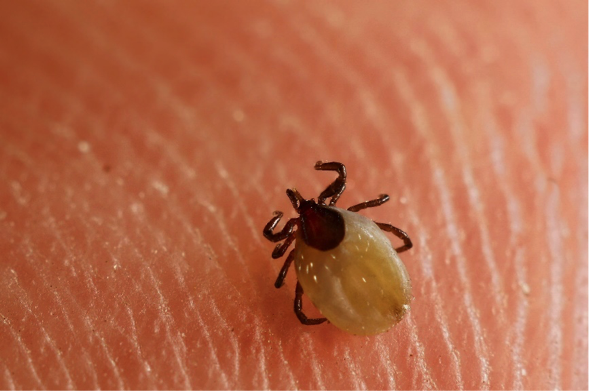
We understand the concern that ticks can breed. Take a look at these tips to prevent one of these pests attaching to you:
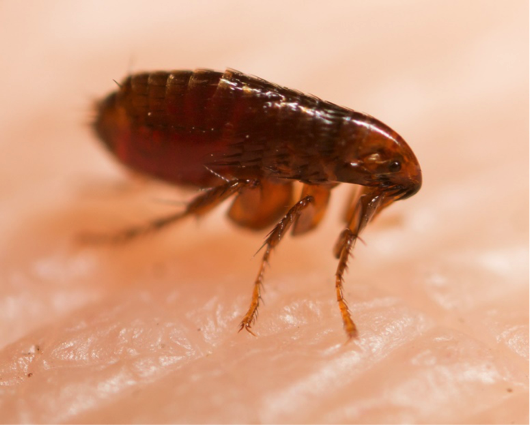
Fleas are typically a nuisance for our furry friends, though they can still cause issues for you too. Here are a few suggestions to keep your home and pets flea-free:
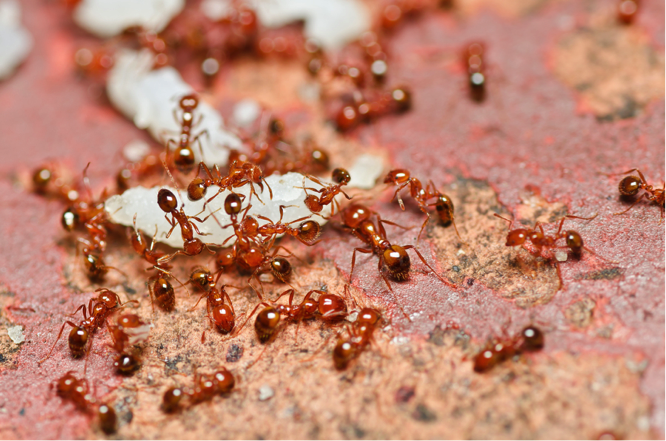
Like mosquitoes, fire ants can be an unwanted fixture on your lawn during the warmer months. They leave painful bites and can be an issue for pets and humans alike. To prevent fire ants from ruining your summer fun, try these tips:
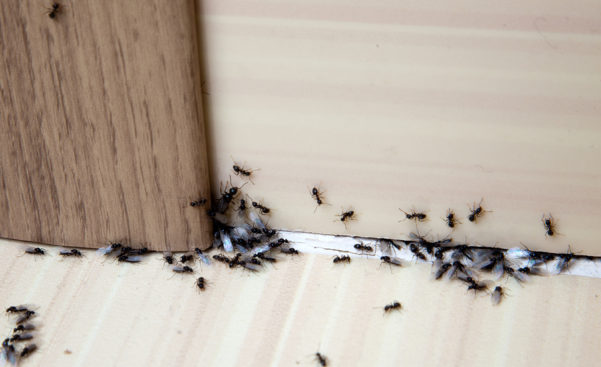
Ants have been named the #1 nuisance pest in the United States. Ants are social insects that live in colonies. They enter our homes looking for food and shelter. Ants primarily look for foods that are sugary and sweet or greasy and protein-based. Once they find food, they leave a pheromone trail behind that other ants will follow.
There are over 700 species of ants in the United States. At least 20 of these species are known to infect homes and other structures. There are several species of ants that are common to our area. The 5 most common are:
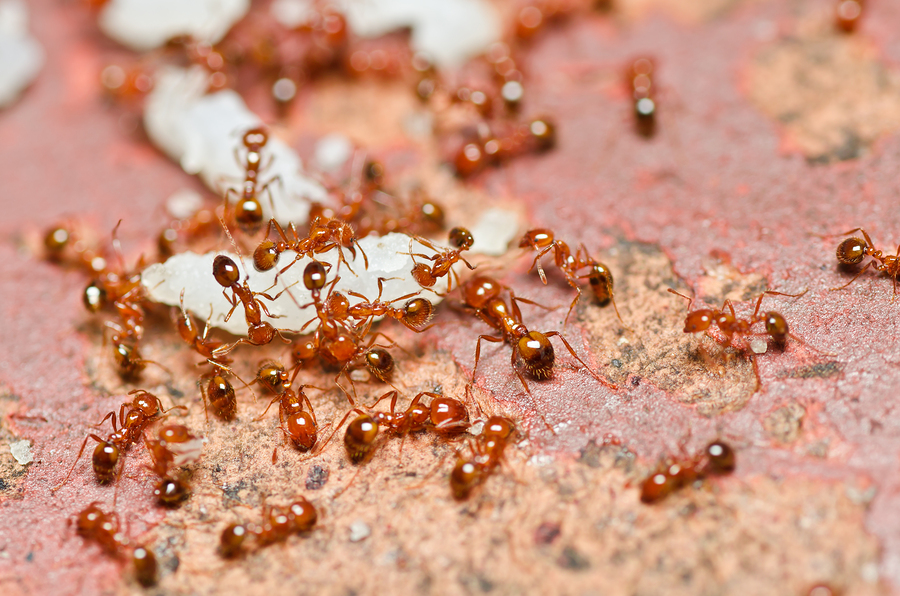
Fire ants build large, raised mounds. They prefer to nest in open, disturbed areas. They commonly nest in yards, fields, and roadsides. Fire ants are known to devastate local insect populations and small wildlife. They are also known to eliminate ground nesting bird species because they attack their newly hatched nestlings. Fire ants cause painful stings when they bite and will bite humans when threatened.
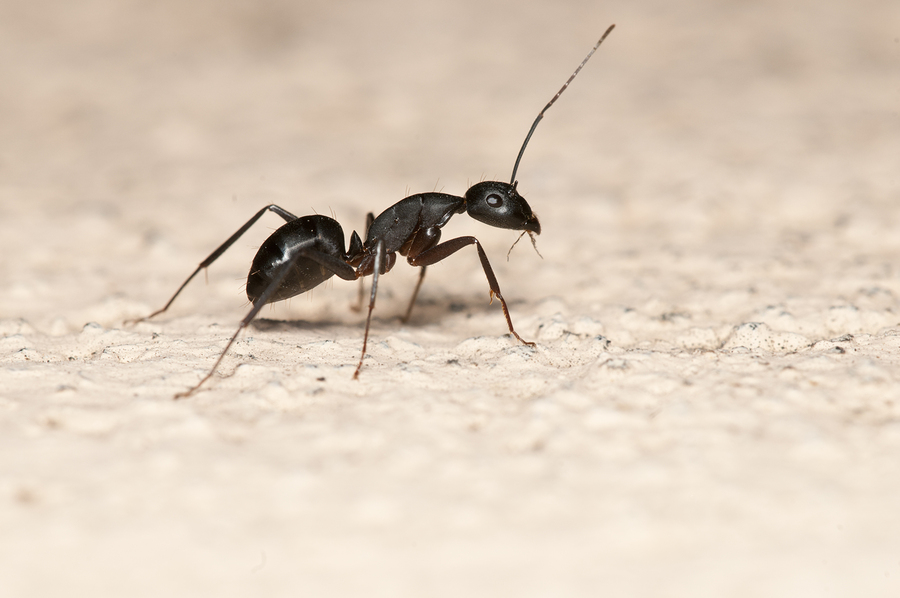
Carpenter ants are black in color. They are nocturnal and will exit their nests about 15 minutes after sunset in large numbers. Carpenter ants will invade kitchens in the summer months in search of food and water. They will invade structures if moisture is present. Carpenter ants can be very destructive to homes.
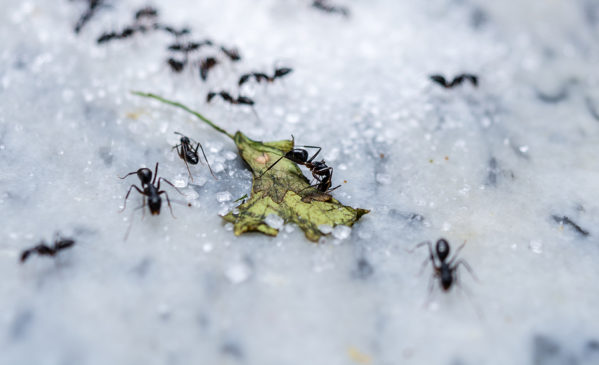
Argentine ants are light brown in color. They can easily squeeze through small cracks and holes. Argentine ants are known to set up colonies in the ground, in concrete walls, between boards and timbers, and among the belongings in your home. These ants are commonly seen in homes and will enter them in search of food and water. They are especially common during dry or hot weather or after a heavy rainfall. Argentine ants exhibit strong trailing behavior and can exist in high numbers. They move very quickly and are named among the world’s 100 worst animal invaders.
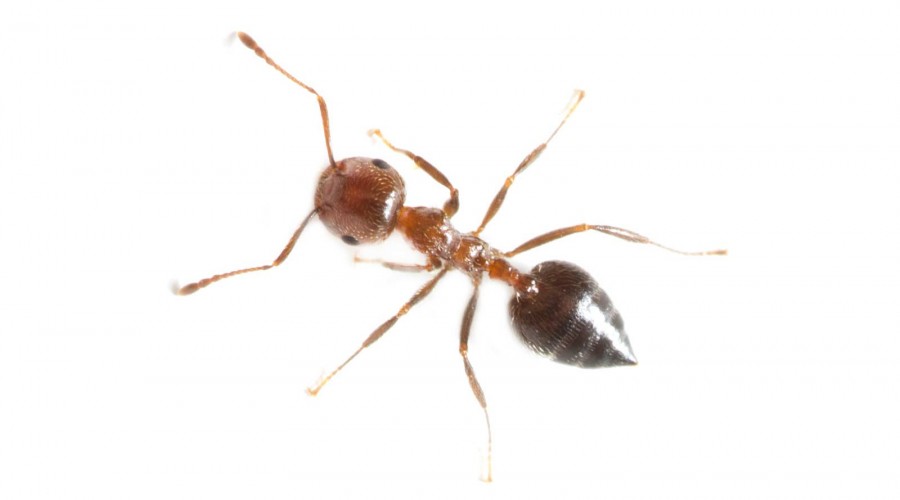
Acrobat ants are dark colored with a heart shaped abdomen that they will hold up in the air like a flag when disturbed. They will nest inside decaying wood. Acrobat ants form single file trails and leave behind small sawdust piles that are similar to those of carpenter ants. These ants produce a mild sting when they bite. Acrobat ants may move into your attic to incubate their eggs and will tunnel into water damaged wood.
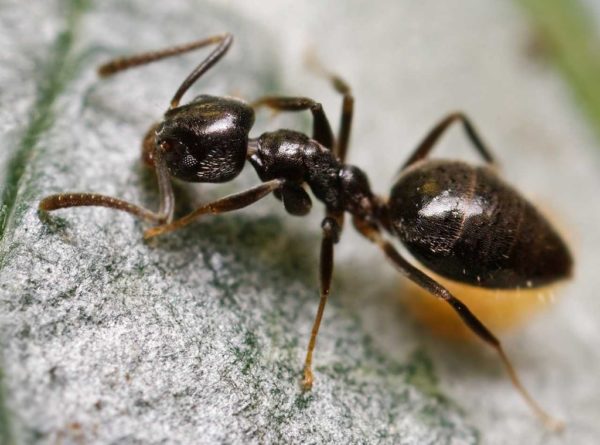
Odorous house ants are dark colored and give off a strong rotten coconut smell when they are crushed. They exist in large numbers where there is plenty of moisture. They form trails similar to Argentine ants. Odorous house ants are one of the most difficult pests to get rid of from structures. They will often establish their colonies in earth filled porches and block walls.
Since ants are one of the most difficult pests to get rid of, what can you do to keep them from invading your home in the first place? Check out these tips for keeping the ants out of your personal space.
Eliminating ants can be an uphill battle. If they aren’t properly treated, the infestation can continue to grow despite your best efforts. Some ants like carpenter ants can cause serious property damage. Other ants like fire ants can pose a serious health threat to your family. Other species, while not necessarily a threat to your family, can still contaminate your food. If you suspect you have an ant problem call a professional pest control company. A professional can identify what species of ant you have which is the first step in eliminating these nuisance pests. They can also find the entry points and provide you with a thorough and comprehensive treatment plan.

Summer is in full-swing here in Georgia, the heat is rising, and the bugs are coming out to play (bite!). Here are 5 common summer pests to be on the lookout for and tips on how to prevent and get rid of them:
Chiggers (sometimes referred to as mites or red bugs) are so small they’re hard to spot. But you’ll know you’ve been bitten after an itchy, uncomfortable rash develops. While they don’t pose serious health risks, they can ruin outdoor fun and leave behind irritated skin that you’ll want to scratch. To prevent chigger bites this summer, limit time spent in areas prone to chiggers – woods, grassy areas, near lakes, ponds, streams & rivers – keep arms and legs covered when outside, and wear insect repellent with DEET. If you get bitten by chiggers (most commonly on legs and waist with red, itchy skin), take a bath or shower immediately to get rid of chiggers that may remain on your body, wash the clothes you were wearing in hot water, and then apply a itch-relief lotion or ointment to the affected areas – like hydrocortisone or calamine.
Mosquito bites, on the other hand, can be more serious since they carry multiple diseases, viruses, and parasites. The best way to minimize your risk of contracting mosquito-born illnesses like Zika, encephalitis, West Nile, dengue fever, and malaria (some of the most common) is to prevent mosquito bites by limiting travel to well-known, affected areas, keeping arms and legs covered in light-colored, loose clothing when outdoors, wearing insect repellent with DEET and reapply often, and controlling mosquitoes around your home with professional mosquito treatments. You can also reduce mosquitoes by eliminating breeding sites – any areas with standing water.
Fire ants can be dangerous for the whole family, including pets. They’re aggressive and cause painful bites, often with severe allergic reactions, which can be especially harmful to small children and pets. The best way to prevent and control fire ants around your home is with regular yard treatments, specifically targeting fire ant mounds, by a professional exterminator. Treatments are usually applied in granular form and get rid of fire ants in as little as 72 hours.
Bees can be a threatening summer nuisance and often cause painful stings if threatened. One of the most common summer bees is a paper wasp. Paper wasps will form nests on or in almost any horizontal surface, resembling an umbrella attached by a small stem. They vary in color but can be brown and yellow striped or red with blackish wings. They’re most likely to sting when their nest is disturbed, which can happen accidentally when nests are hidden. Paper wasps can be highly aggressive and cause severe pain and allergic reactions so it’s recommended to leave nests undisturbed if posing no serious threat or contact a bee exterminator to access the situation.
Ticks are dangerous for both humans and animals as they spread infectious diseases – like Lyme disease and Rocky Mountain spotted fever, through bites. Take steps to protect yourself from tick bites while outdoors by avoiding areas where ticks are prevalent, like wooded areas and in tall grass, and use an insect repellent with DEET. You should also treat pets with tick repellent products to reduce their risk of tick bites.
Click here for tick removal tips from the CDC.
Brief description:
Fire ants get their name through their ability to inflict painful bites and stings. They vary considerably in size and build large raised mounds in lawn areas. One interesting fact about fire ants is they have been known to infest electrical boxes en masses, causing the equipment to malfunction.
Habits:
Different species:
Threats:
Prevention:
Other pests to look out for:
Though having pests in your home may be a different story, books about bugs have always been favorite reads for children. Below is a list of fictional stories about bugs that your kids are sure to enjoy:
This picture book features the tale of a caterpillar’s metamorphosis into a butterfly accompanied by vivid colored pictures. Children will not only learn about caterpillars, but also about numbers, healthy eating and days of the week as they chronicle his journey from newborn to cocoon.
Ever wonder what ants are up to when they invade your home? Before you call the exterminator, let this picture book give you a glimpse into the mischievous adventures of two ants. Children will learn the importance of following directions and the consequences of their choices.
This classic of children’s literature features a fun-filled cast of characters starting with a young orphan named James. With the help of a magic potion, James causes a peach tree to blossom an abnormally large fruit, which becomes home to an assortment of interesting insects. This perfect first chapter book will offer your children lessons of friendship, bravery and loyalty.
This American classic comes from the author of another well-known tale, Stuart Little. Told from the perspective of a pig, this novel follows the life of barn house creatures, one of which is a spider named Charlotte. Charlotte offers Wilbur much wisdom in one of the most beautiful friendships ever written.
This story follows a cricket from Connecticut who boards the wrong train to Times Square in New York. There he meets many interesting characters, both human and animal, that teach him many lessons, including how to play classical music.
Melissa Brown
[email protected]
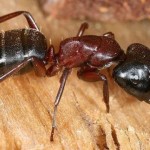 Ants are one of the pests that can be an issue year around. Although controlling ants can be difficult…it is possible.
Ants are one of the pests that can be an issue year around. Although controlling ants can be difficult…it is possible.
Size is a big advantage to the small ants. Because they are so small, they can enter a structure through even the tiniest of entryways. When ants enter your home, they are looking for food and water. Sweets and greasy foods are amongst some of their favorite foods. To lead other ants to food, they leave behind a pheromone that allows the other ants to follow to the source of food.
Ants are social insects, meaning they live in large colonies. You can find 300,000-500,000 ants in a single colony. Ants can uproot and move their whole colony rather quickly. Worker ants can live up to 7 years while queens can live up to 15 years.
Although size and quantity are on the side of ants, there are ways to keep ants out of your home:
Call Northwest Exterminating at 888.466.7849 if you are having ant problems in your home or business. Visit us online to find out more information about ants and how to control them.
Community managers, property managers, and homeowners associations are in place in communities to enforce bylaws, maintain safety, maintenance and upkeep, and the general property value of a community. This is no easy task. The management teams above have their work cut out for them. It can difficult to deal with so many different trades in order to maintain a community. But with Northwest Exterminating, community managers can check pest and termite needs off of their list of worries.
Northwest Exterminating has a team in place that specializes in the pest and termite needs of management companies. Our Community Management Services Team is familiar with the demands of management companies and is in place to assist them with: termite control, pest control, mosquito control, wildlife control, fire ant control, and carpenter bee control. We provide pest and termite services for single-family detached housing, multi-unit housing, clubhouse, amenity buildings, and condominiums.
With professional representatives, ongoing training of staff, convenient billing, repair warranties, multiple locations throughout Georgia and Tennessee, and over 60 years of experience, Northwest is community manager’s choice for pest control.
For more information on how Northwest Exterminating’s Community Management Services team can help you, visit us online or call us at 888.466.7849.